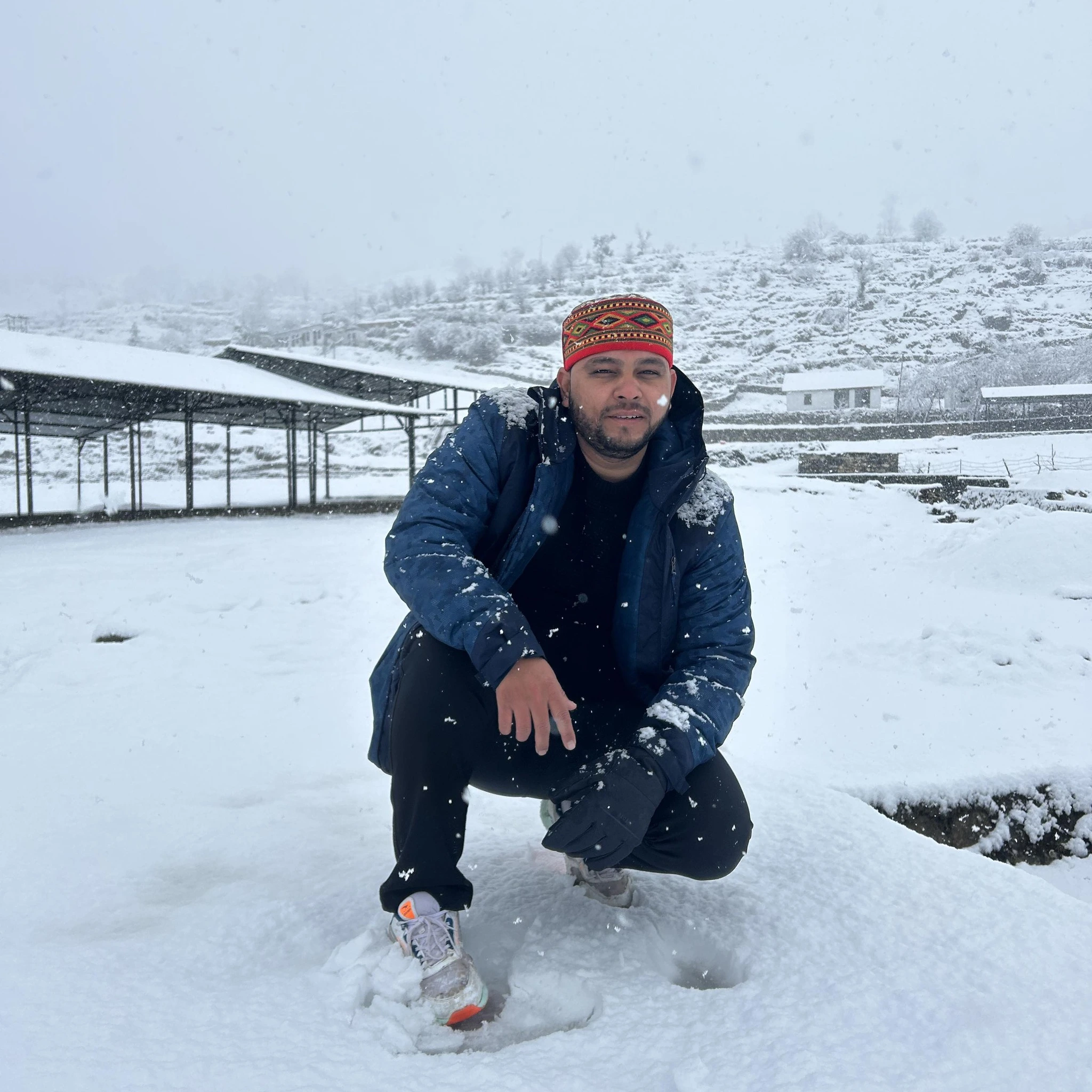Experienced Guides
Skilled, local guides ensure safe and enriching journeys with insights.
Customized Itineraries
Offering diverse routes tailored to varying fitness levels and interests
Safety Measures
Strong safety protocols, including first aid and emergency support.
Sustainable Tourism
Eco-friendly practices and supporting local communities helps preserve spiritual sites.
About us
We are passionate about bringing together the spiritual and adventurous aspects of travel. Founded in the heart of Uttarakhand.
our company specializes in organizing trekking expeditions and pilgrimage journeys across the diverse landscapes of India.We are committed to providing transformative experiences that cater to both thrill-seekers and spiritual pilgrims.
A few things we’re great at
Our offerings range from challenging treks through untouched wilderness to serene pilgrimages that allow you to explore India’s rich cultural and spiritual heritage.

Chardham Yatra
Spiritual bliss of the Chardham Yatra- holy sites of Yamunotri, Gangotri, Kedarnath, and Badrinath

Trekking in India
Discover trails and breathtaking landscapes. Trekking is where every step leads to adventure and nature’s beauty

Adventure Activities
Embrace the thrill with adventure activities like , river rafting, rock climbing, paragliding, and camping.
Our team
Our passionate team consists of seasoned trekkers, mountaineers, and nature lovers, all driven by a deep connection to the Himalayas. With years of experience, we ensure every journey is safe, enriching, and unforgettable

Rajendra Singh
Director

Laxmi Negi
Sales and Marketing Head

Anil Bisht
Operation Head
What are you waiting for?
Ready for your next adventure? Explore our trekking and adventure packages and get in touch today for a consultation. Let’s turn your dream journey into reality
Articles
Every trek at Trektotemple is a journey of discovery, crafted with passion and expertise. With us, every step is an adventure that leaves lasting memories
Our office location
We love to meet you, Come join our Team for Cup of Tea!
Contact us
Have questions or ready to plan your next adventure? Reach out to us, and let’s create unforgettable memories together!




















